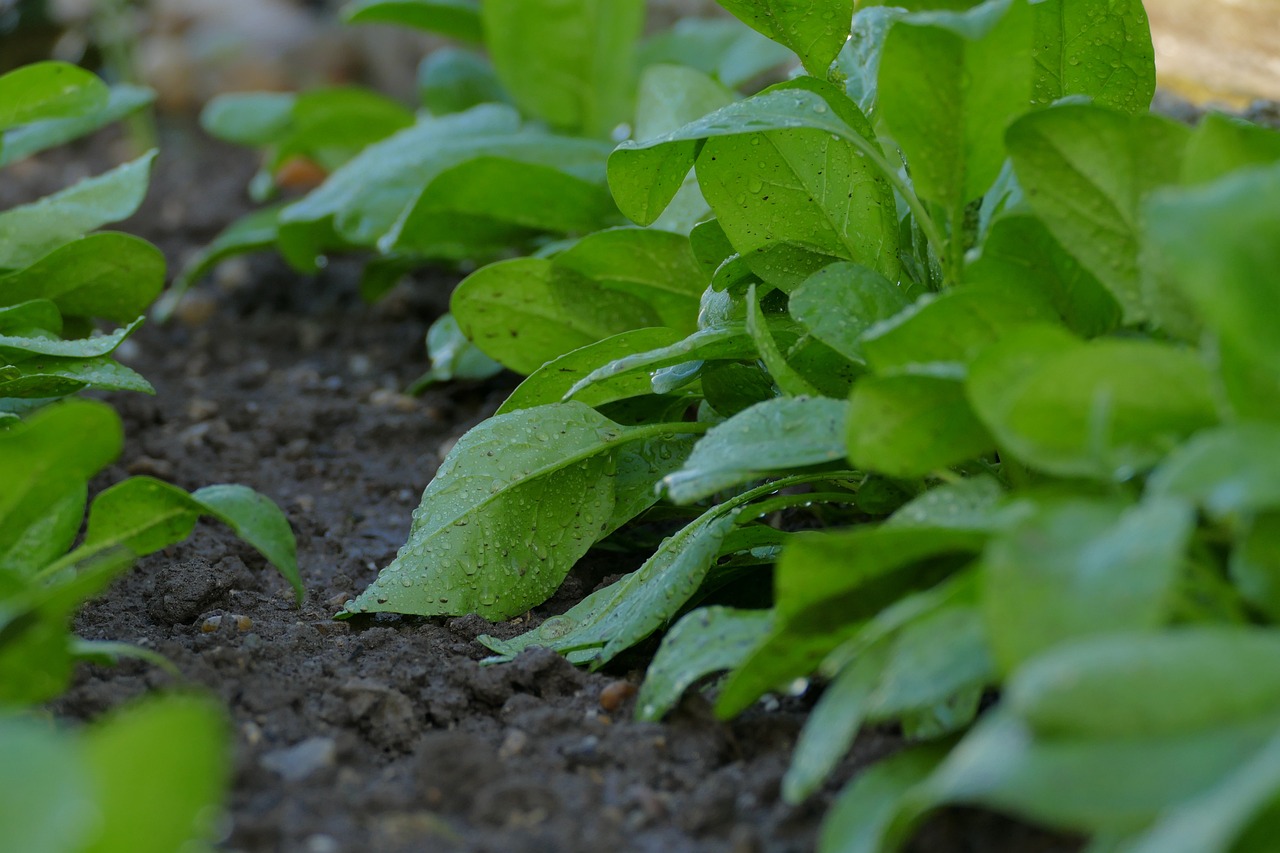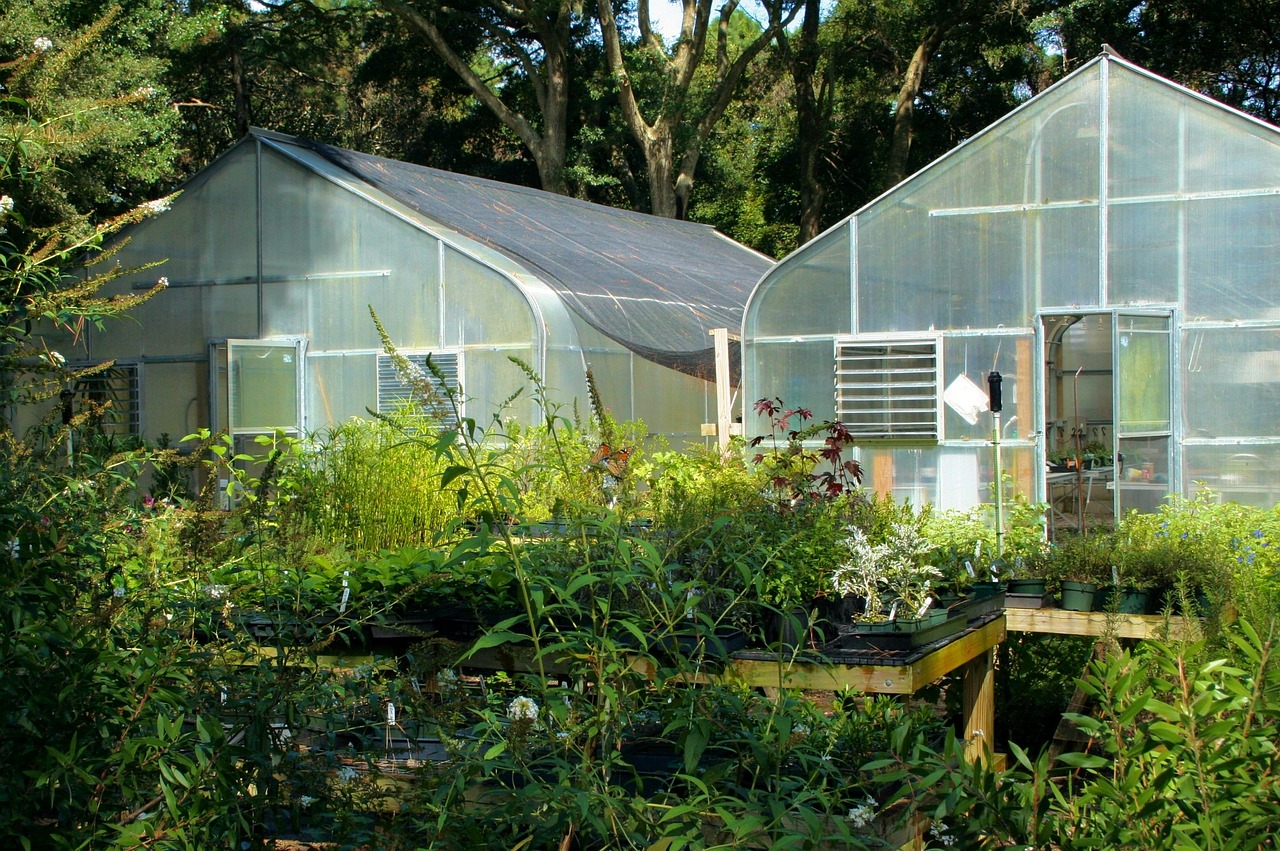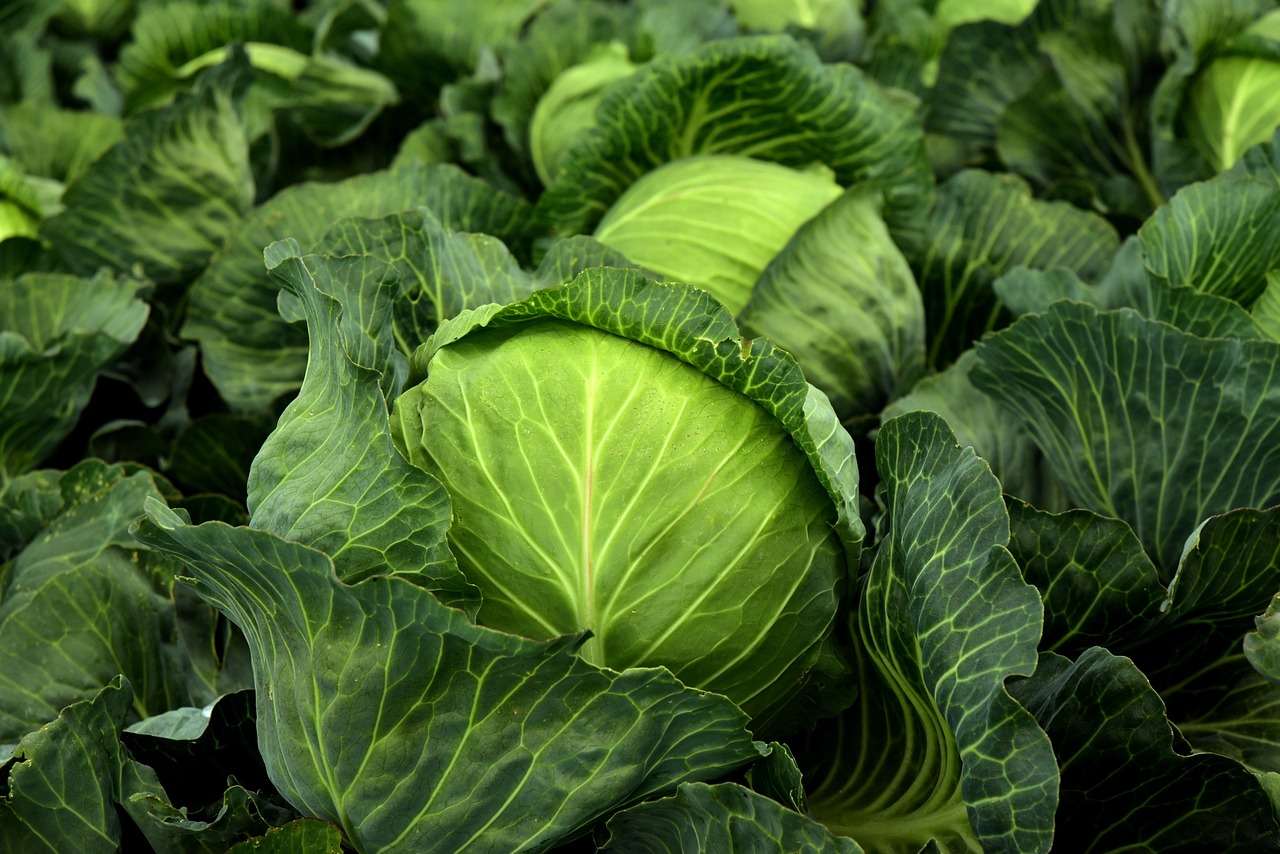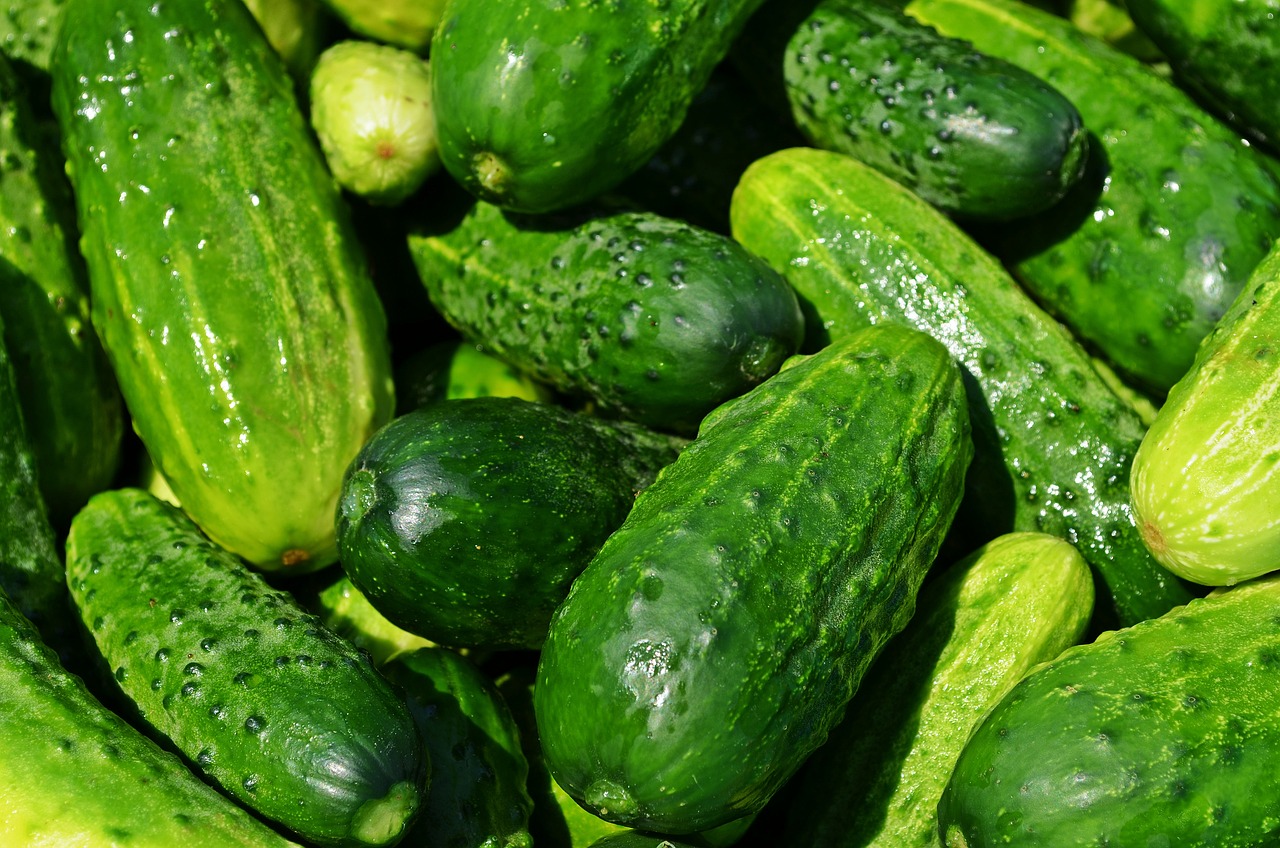If you want to have a thriving garden, then it all starts with the soil. Soil preparation is the foundation for healthy plant growth, and without it, your garden might suffer.
By taking the time to properly prepare your soil, you can create an environment that is optimal for plant growth and yields a bountiful harvest.
One of the biggest benefits of soil preparation is that it helps to ensure that your plants have the nutrients they need to grow and thrive. When soil is properly prepared, it is rich in organic matter and nutrients that plants need to develop strong roots and produce healthy foliage.
Additionally, soil preparation can help to improve drainage and aeration, which are both critical for plant growth. By taking the time to prepare your soil, you are setting your garden up for success and giving your plants the best chance to thrive.
Benefits of Soil Preparation for Plant Growth
Get ready for some healthy and thriving plants, because when you prep your soil, you’re giving them the ultimate growing advantage!
Before planting, it’s essential to test your soil to determine its nutrient composition. By doing this, you can identify any nutrient deficiencies and adjust the soil’s pH levels to create an optimal growing environment for your plants.
Soil preparation also helps to improve the soil’s texture, water-holding capacity, and aeration. Adding organic matter such as compost, manure, or grass clippings to your soil can improve its structure and help retain moisture. This, in turn, helps to promote healthy root growth and better nutrient absorption for your plants.
By taking the time to properly prepare your soil, you’re setting your garden up for success and ensuring that your plants have everything they need to thrive!
Tools and Techniques for Soil Preparation
You’ll want to use tools like a hoe or garden fork to break up any large clumps of dirt and create a fine, even texture for your soil. While rototilling may seem like an efficient way to prepare your soil, it can actually harm beneficial organisms and disrupt the natural structure of the soil.
Double digging, on the other hand, involves loosening the soil with a garden fork and then digging a second layer beneath the first. This method allows for better aeration and drainage, which can lead to healthier plant growth.
Another option for soil preparation is to use raised beds instead of planting directly in the ground. Raised beds offer better drainage, easier weed control, and can even extend your growing season. However, they do require more initial effort and cost for construction.
Ultimately, the choice between raised beds or in-ground planting comes down to personal preference and the specific needs of your garden. No matter which method you choose, taking the time to properly prepare your soil will pay off in the form of a more productive and healthy garden.
Removing Weeds and Rocks: Why It Matters
Removing weeds and rocks from your planting area is like clearing a path for your plants to thrive. Weeds compete with your plants for water, nutrients, and sunlight, while rocks can obstruct root growth and make it difficult for your plants to access the soil’s nutrients.
By removing these obstacles, you create a more hospitable environment for your plants to grow and flourish. Weed control is an important part of soil preparation, as it eliminates competition for resources and reduces the risk of disease and pests.
You can use a variety of methods to control weeds, including hand weeding, hoeing, mulching, and using herbicides. However, it’s important to choose a method that’s appropriate for your soil type, climate, and the type of weeds you’re dealing with.
Similarly, rock removal is essential for creating a level planting area and ensuring that your plants can extend their roots deep into the soil. By taking the time to remove weeds and rocks from your planting area, you’ll set your garden up for success and enjoy a bountiful harvest.
Adding Organic Matter to Your Soil

Adding organic matter to your soil can be like giving your plants a delicious and nutritious meal, helping them to grow strong and healthy. Composting benefits are numerous, as it helps to create nutrient-rich soil that is essential for the growth of plants.
Organic matter can come from a variety of sources, such as leaves, grass clippings, and kitchen scraps. As the organic matter breaks down, it releases nutrients into the soil that plants can easily absorb.
In addition to adding nutrients to your soil, organic matter can also improve soil structure and water retention. Soil that’s rich in organic matter is more porous, allowing for better drainage and air circulation. This can lead to healthier roots and less risk of soil-borne diseases.
Adding organic matter to your soil is a simple step that can have a big impact on the productivity of your garden. So, start composting today and watch your plants thrive!
Preventing Soil-Borne Diseases and Pests
To keep your plants healthy and thriving, it’s essential to take steps to prevent soil-borne diseases and pests. One effective method is crop rotation, which involves planting different crops in different areas of your garden each year. This helps to prevent the buildup of soil-borne diseases and pests that can harm your plants.
Another option is soil sterilization, which involves heating the soil to kill off any harmful organisms. This can be done using a variety of methods, such as solarization (covering the soil with clear plastic to trap heat) or steam sterilization. While this method can be effective, it’s important to note that it can also kill off beneficial organisms in the soil, so it should be used sparingly and only when necessary.
By taking these steps to prevent soil-borne diseases and pests, you can help ensure that your garden is productive and healthy for years to come.
Frequently Asked Questions
How long does soil preparation typically take before planting?
You may see benefits of early preparation if you start 2-4 weeks before planting. The impact of soil type on preparation time varies. Loamy soils may need less preparation than clay or sandy soils.
Can soil preparation be skipped if using raised beds or containers?
If you’re using raised beds or containers, you can skip some soil preparation, but not entirely. Adequate soil depth is crucial for healthy plants, so be sure to fill your containers with quality soil and compost.
What is the best time of year to prepare soil for planting?
To ensure a successful garden, focus on the timing of soil preparation. Fall is the optimal season, allowing time for organic matter to break down. Remember to test the soil beforehand to make necessary adjustments.
How much organic matter should be added to the soil?
To ensure proper nutrient balance, add 2-3 inches of organic matter per year. This improves soil structure, water retention, and promotes healthy plant growth. Consider compost, aged manure, or shredded leaves for your soil preparation.
Can soil preparation improve the taste and quality of fruits and vegetables?
Improving soil structure and increasing nutrient absorption can enhance the taste and quality of fruits and vegetables in your garden. Consider amending your soil with organic matter and proper tillage techniques for optimal results.
Conclusion
Now that you understand the importance of soil preparation for a productive garden, it’s time to take action.
Start by gathering the necessary tools and techniques for removing weeds and rocks, adding organic matter, and preventing soil-borne diseases and pests.
Remember, soil preparation can make or break the success of your garden. By investing time and effort into preparing your soil, you’ll be setting yourself up for a bountiful harvest and a thriving garden.
So, roll up your sleeves, grab your tools, and get ready to give your plants the best possible start by preparing your soil for success.
Happy gardening!










